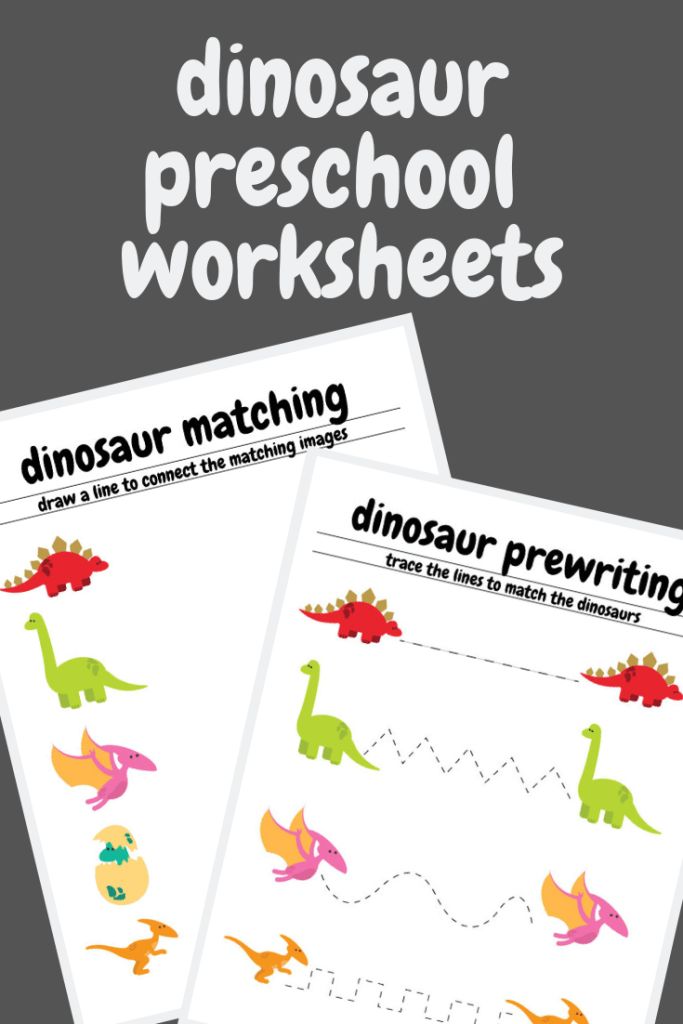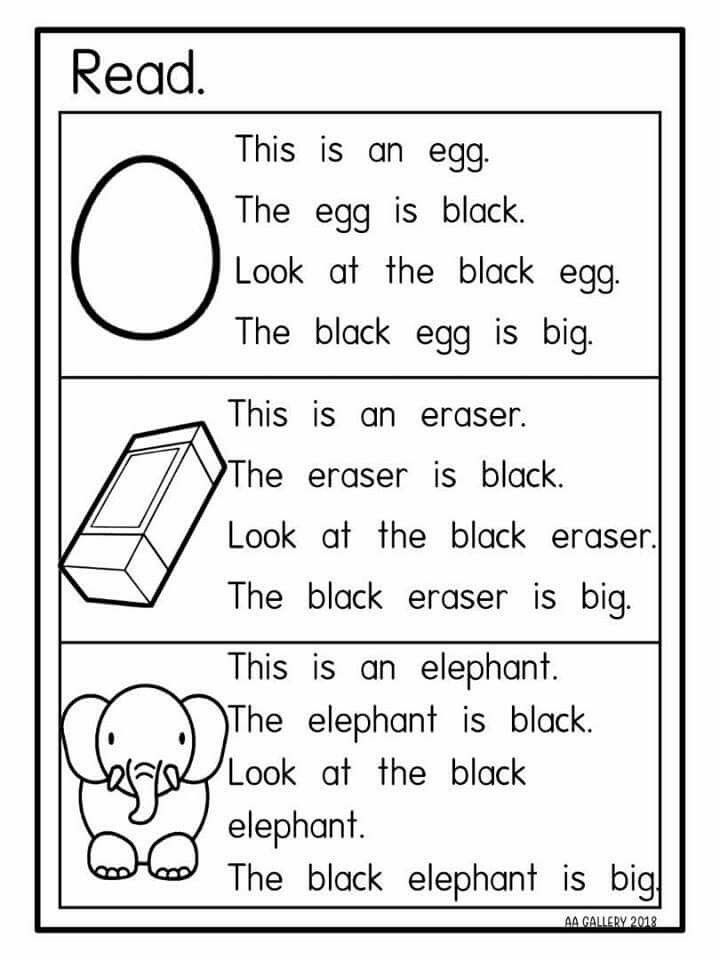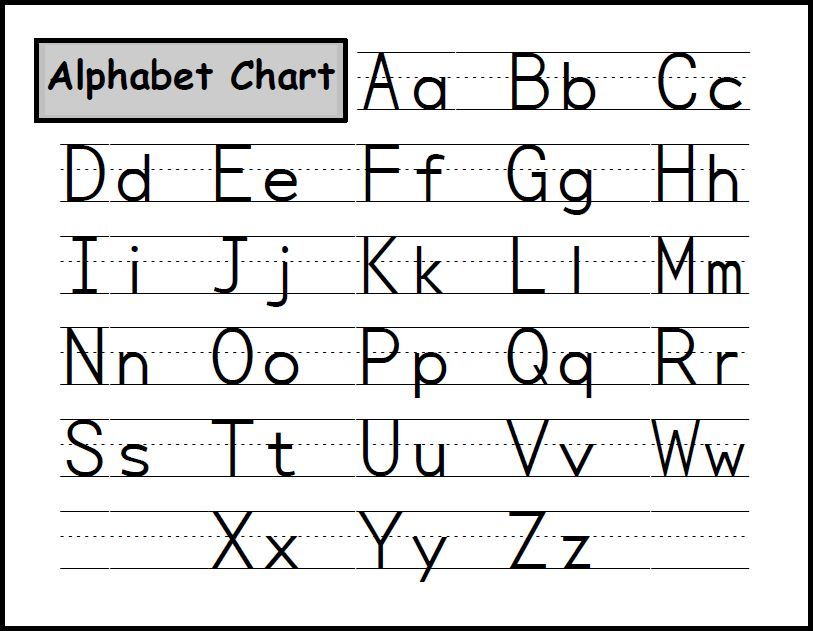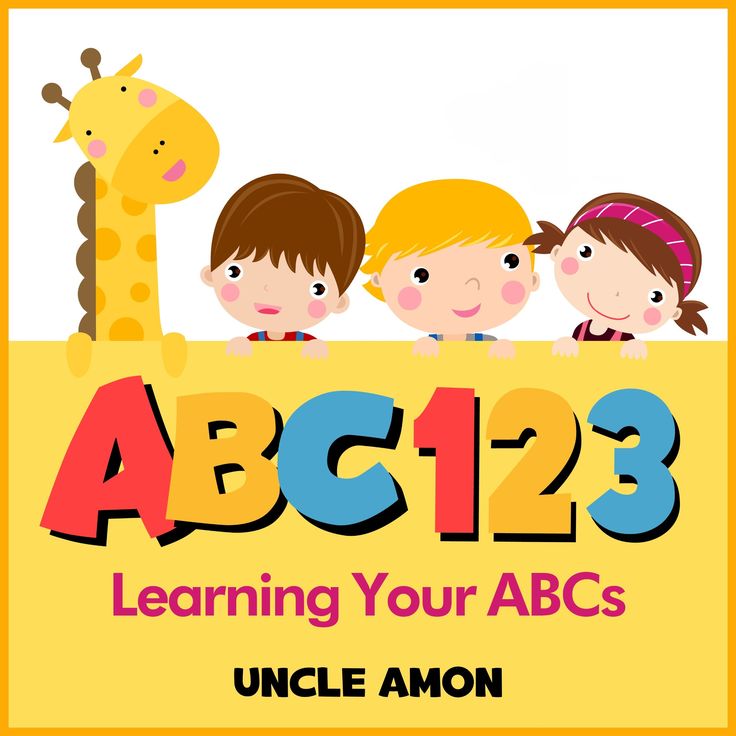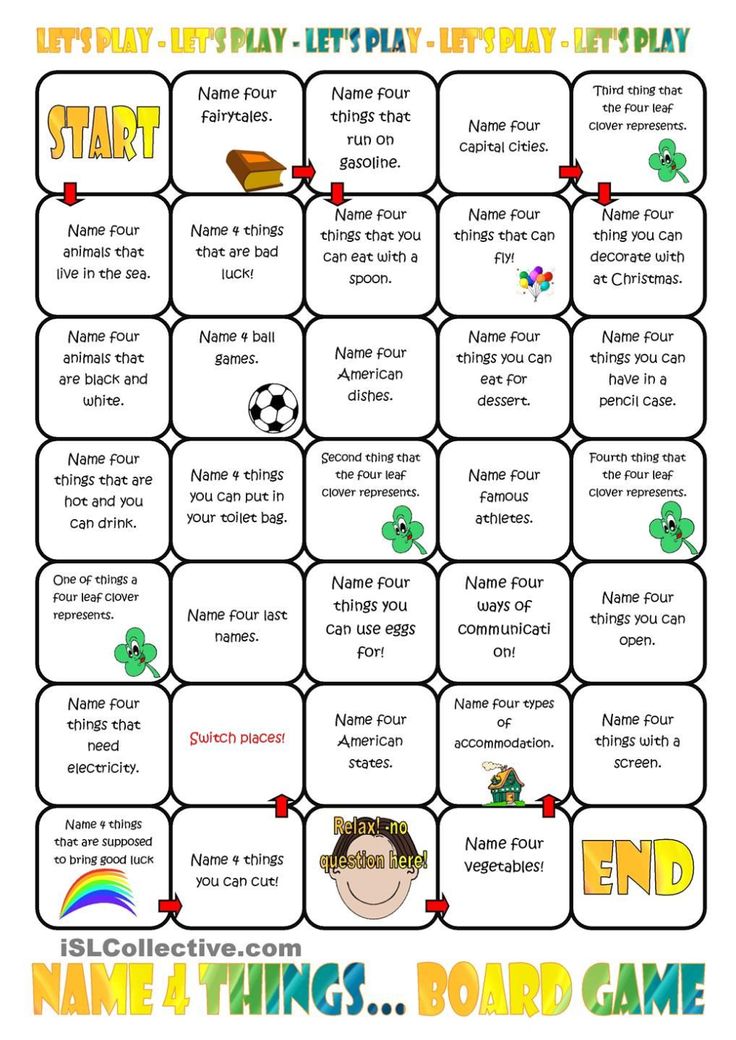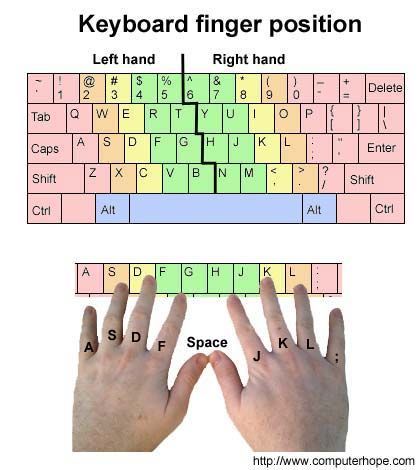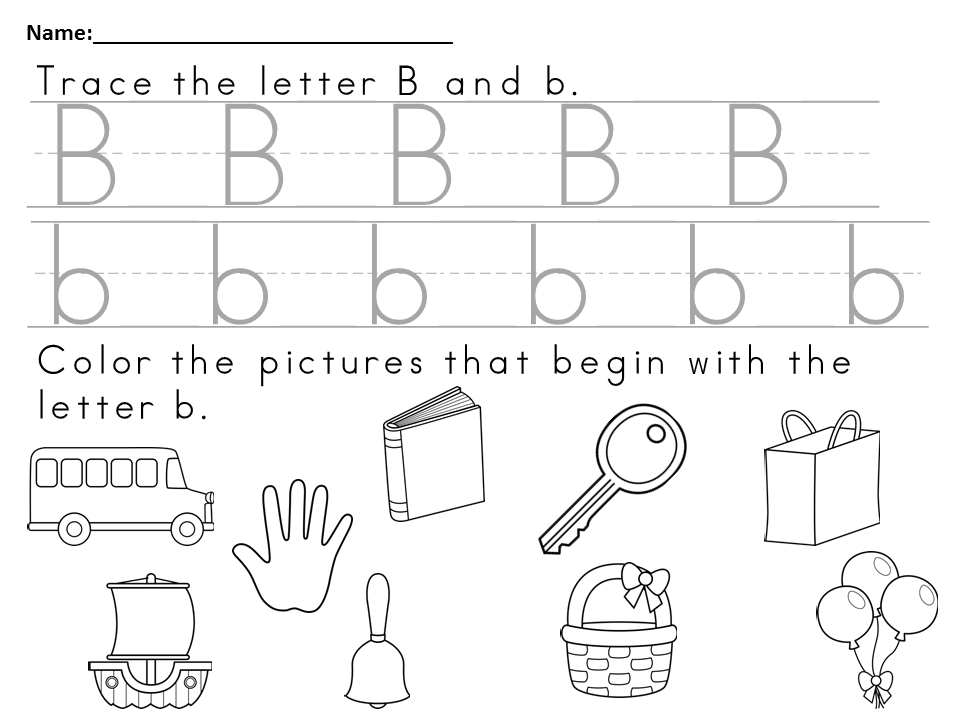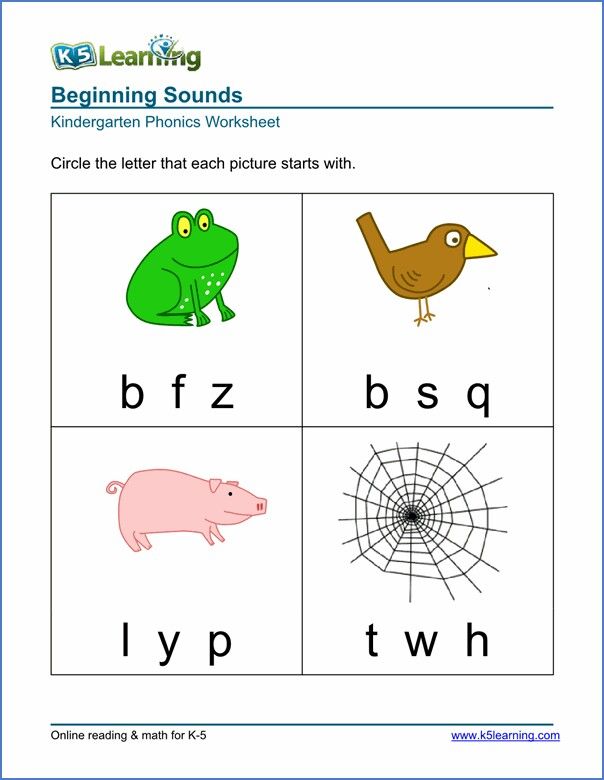Dinosaurs for preschoolers
Dinosaur Activities for Preschool Lesson Plans
Do you have a little paleontologist in your classroom? Then these dinosaur activities for preschool are just what you need for your dinosaur theme in preschool.
You’ll find everything from literacy and math activities to art and sensory activities, all bundled up in a tidy, free preschool lesson plans download at the end of this post.
These dinosaur lesson plans for preschoolers are a part of my Learn At Home Preschool Lesson Plans Collection.
Easy Dinosaur Activities for Preschool
Get free dinosaur theme preschool lesson plans at the end of this post.Dinosaurs are fascinating at any age. I mean, tell me that as an adult you haven’t tried to imagine these gigantic animals stomping around on the Earth.
Little dinosaur enthusiasts love to learn about different dinosaur species, their living and eating habits, dinosaur eggs, and even fossils! With lots of fun and hands on dinosaur learning in mind, here are some fabulous resources for planning your preschool dinosaur theme.
And don’t forget, these can be dinosaur activities for toddlers, too, with the right supervision!
FAQ About a Dinosaur Preschool Theme
So much fun learning can happen within a dinosaur theme! Here are some frequently asked questions about how to teach your preschoolers about dinosaurs.
How do you teach preschoolers about dinosaurs?
Dinosaurs are fascinating, and preschoolers love pretending to be paleontologists–so let them! It makes a great dramatic play center.
When teaching a dinosaur preschool theme, it’s even more important to provide hands-on activities. Offer plenty of dinosaur toys. Create dinosaur small worlds for pretend play or use a “dinosaur skeleton” in a sensory bin. Make fossils in play dough. Do artwork and sing dinosaur songs. And of course, read lots and lots of picture books!
What age do kids learn about dinosaurs?
Nearly all preschoolers love learning about dinosaurs, so you can do a dinosaur unit study between ages 3-5 years. But toddlers and elementary-aged children can love dinosaurs too!
But toddlers and elementary-aged children can love dinosaurs too!
What should I teach in a dinosaur theme?
Here are some major learning concepts that can be included in your dinosaur preschool lesson plans:
~ herbivores vs. carnivores
~ ways different dinosaurs move
~ ways dinosaurs defend themselves from predators
~ compare and contrast dinosaurs and other animals
~ which dinosaurs were predators
~ fossils
~ volcanoes and lava
~ extinction
~ tropical vegetation
Dinosaur Preschool Activities for Lesson Plans
Learning about dinosaurs will always be best received when using hands-on activities, especially when planning activities for toddlers and preschoolers. After all, preschoolers learn best through play and activity.
Here are some popular fun dinosaur activities to keep with your dinosaur lesson plans.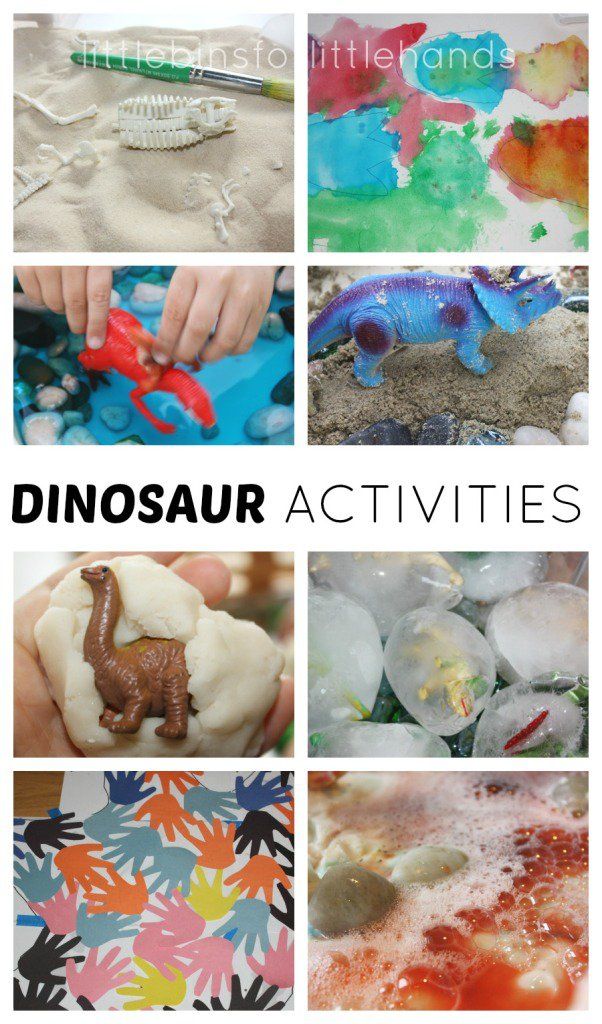
Literacy Activities for a Dinosaur Preschool Theme
Dino Egg Hunt and Hatch – Grab some Easter eggs (I like using the pastel ones for this) and repurpose them as dinosaur eggs. Hide letters of the alphabet in the eggs (paper or magnetic letters work well) and bury the eggs in sand or flour to make a literacy-based sensory bin.
Start with the letters in your child’s name and write their name in large letters on a piece of paper. Then place plastic dinosaur toys around the eggs. Offer your preschooler an old paint brush and invite them to brush aside the sand to find the dinosaurs and eggs, just like a real paleontologist would do. After finding an egg, have them match the letter to their name.
Dinosaur Book – Using 5 sheets of paper, fold them in half and staple along the seam. Watch this video on YouTube that reviews types of dinosaurs and encourage your preschooler to decide which dinosaurs they would like to draw in the booklet you made.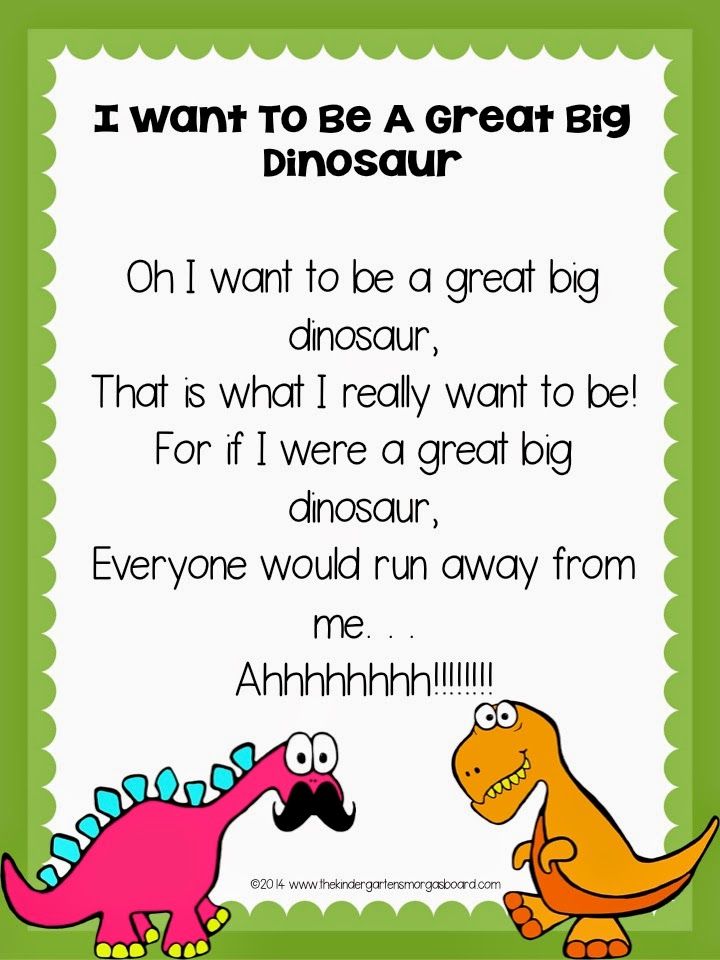 Pause the video so your preschooler can get a good look at them.
Pause the video so your preschooler can get a good look at them.
Talk about what they notice about each dinosaur.
Does it have spikes? Plates? Does it walk on all fours? etc. Have your preschooler make their dinosaur match what they see in the video. Model the drawing if necessary. Finally, invite them to write the first letter in the dinosaur’s name.
Best Fictional Dinosaur Picture Books
Since your preschooler will never see a real, live dinosaur, it’s important to read a lot of well-written picture books. Here is a dinosaur book list of just some of the dinosaur picture books I have in my own preschool library.
Best Non-Fiction Dinosaur Picture Books
Ok, there are too many fantastic picture books for a dinosaur theme.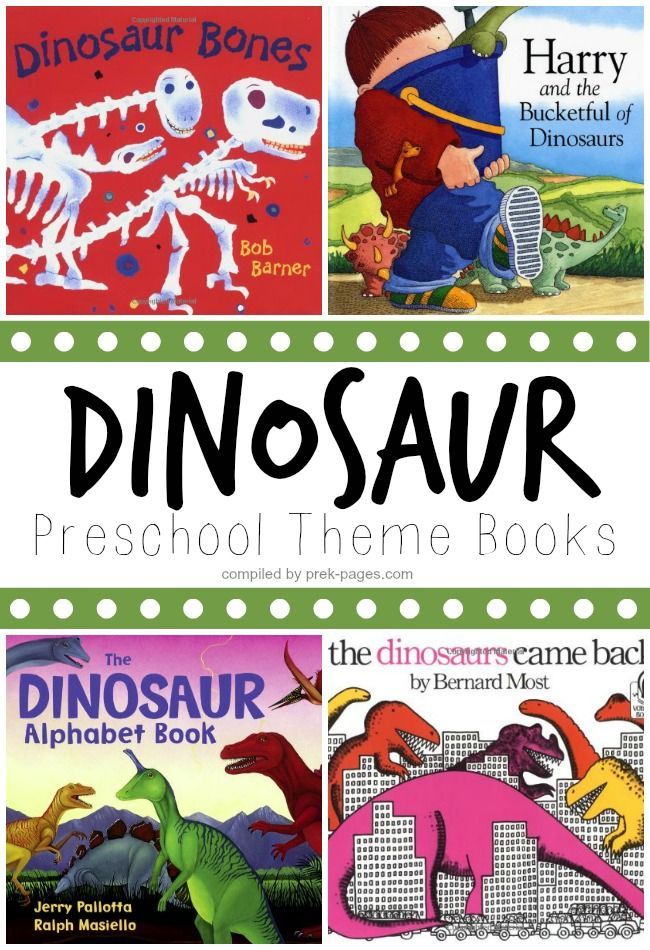 The above are just my favorite fictional picture books. Below you can find a book list for non-fiction dinosaur books that are also great for preschoolers.
The above are just my favorite fictional picture books. Below you can find a book list for non-fiction dinosaur books that are also great for preschoolers.
Math and Science Activities for a Dinosaur Preschool Theme
10 Little Dinosaurs Counting Song – Print out the cute little dinosaurs and staple or glue them to large craft sticks and get to moving! This counting song encourages gross motor movement, so it’s perfect for getting the wiggles out AND counting to 10.
Dinosaur Sort – Using any dinosaur toys you have, invite your preschooler to sort them according to a specific rule. Perhaps they want to sort them by carnivore vs. herbivore, or flying dinosaur vs land dinosaur. Assist your preschooler if they need it.
You can also challenge your preschooler to come up with their own way of sorting. Anything goes with this, as long as your preschooler can explain their choices to you.
Dinosaur Fossils – Using homemade salt dough, grab some toy dinosaurs and make feet and body imprints to resemble fossils.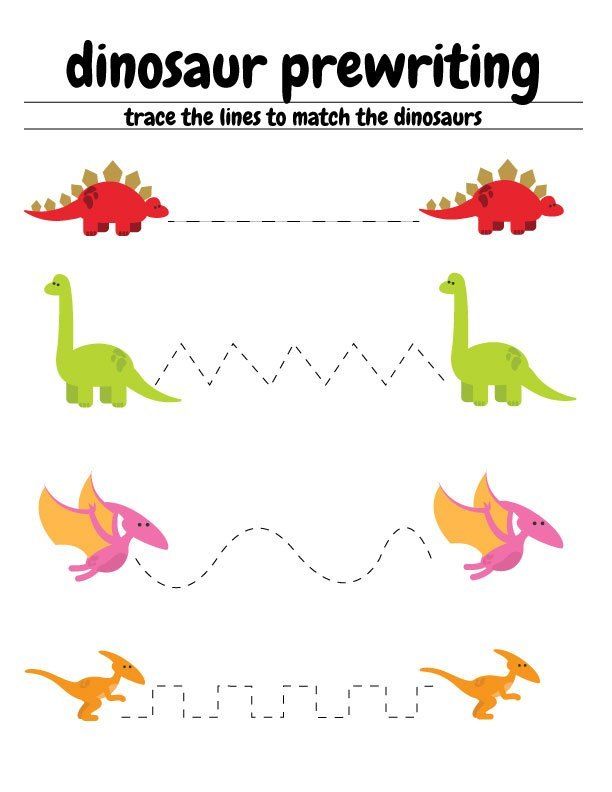 Bake the dough and examine the fossil imprints left behind. Or use playdough and bypass the baking altogether!
Bake the dough and examine the fossil imprints left behind. Or use playdough and bypass the baking altogether!
These can be saved and painted like a dinosaur craft, or alternately you can sue kinetic sand to make impressions if you don’t want something long-lasting.
These dinosaur activities for preschool are perfect for ages 3-5 years.Playful Learning Activities for a Dinosaur Preschool Theme
Pipe Cleaner ABC – Give your preschooler a challenge with this fun activity. Grab a handful of pipe cleaners and a pair of scissors. Encourage your preschooler to bend and mold the pipes to make the letters in their favorite dinosaur’s name. Be sure to show them the dinosaur’s name in print.
Dinosaur Prints – Using toy dinosaurs and some washable paint, make dinosaur feet prints! Create a track of dinosaur prints along a sheet of paper and then play a counting game and move your dinosaur along the tracks. Just roll a dice and move your dinosaur forward the corresponding number of spaces.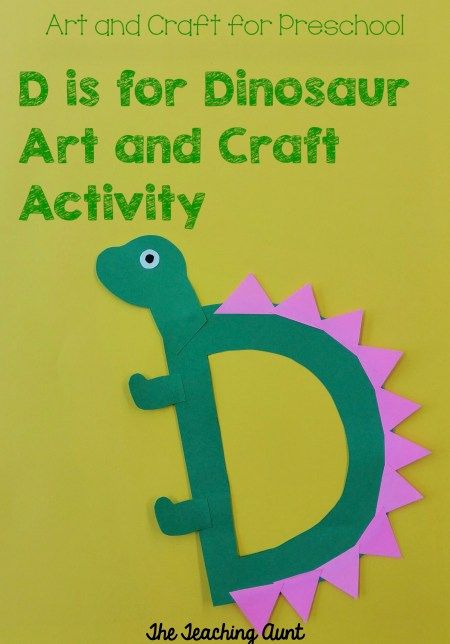
Dinosaur Small World Play – Using items from the yard, create a dinosaur small world for your toy dinosaurs to live in. Use leaves, twigs, rocks, and more to create a whole world in which to play with your dinosaur toys. Then watch the magic happen as your preschooler plays pretend.
Dinosaur Learning Toys
These are some of our favorite dinosaur toys to use in our activities. They will promote fine motor skills and creativity. Our favorite is the dinosaur dig kit.
Social-Emotional Activities for a Preschool Dinosaur Theme
Sharing Feelings and Affection – Go to YouTube and listen to the story Tiny T Rex and the Impossible Hug by Jonathan Stutzman. After listening, remind your preschooler of how Tiny T. Rex makes a plan and thinks of a strategy to solve his hugging problem.
We can use strategies in all aspects of life, like trying to pick up a ball that seems too big or trying to share our toys. But T. Rex really shines when he decides to just be himself and use his tiny arms to share a hug.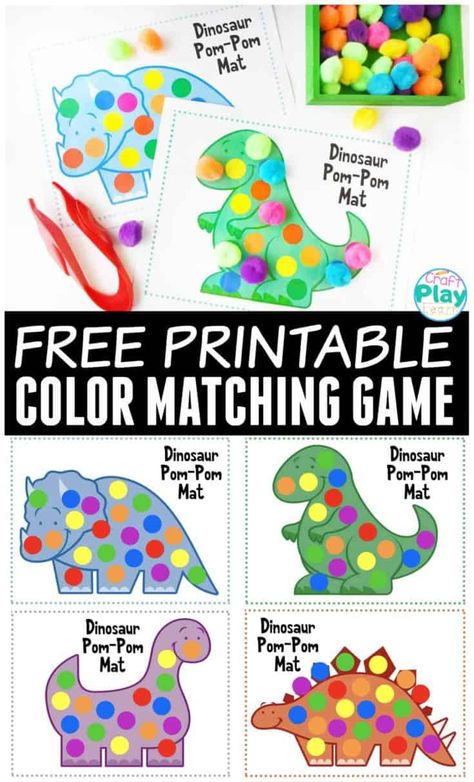 How can your preschooler just be themselves and offer support to a friend in need?
How can your preschooler just be themselves and offer support to a friend in need?
Dinosaurs that Stay Friends – Go to YouTube and listen to the story How do Dinosaurs Stay Friends? by Jane Yolen. After listening, ask your preschooler to think of all the unkind ways that the dinos were treating each other.
Do those ways help you stay friends? Invite your preschooler to draw themselves as a dinosaur. What kinds of things will your dinosaur self do to help others, be a good friend, and be kind? Draw an example.
Get free preschool lesson plans for a dinosaur preschool theme.Just Plain Fun Activities for a Dinosaur Preschool Theme
Stamped Dinosaur Art – Using Duplo’s or Legos, this dino-tastic activity is easy and fun. Simply print the dinosaur template and stamp the Legos in paint to make a textured dinosaur. You can cut out the dinosaur and glue it onto come construction paper for a colorful presentation.
Dinosaur Bones with q-tips – Using cotton swabs or q-tips, invite your preschooler to lay the swabs out on dark paper and make the shape of a dinosaur. They will look like dinosaur bones. You can also trace a dinosaur shape for them to follow. Count how many “bones” are needed to make the dinosaur. Don’t forget to cut some of the q-tips if needed!
Dinosaur Dance – Act like a dinosaur! Invite your preschooler to make up funny dino themed moves.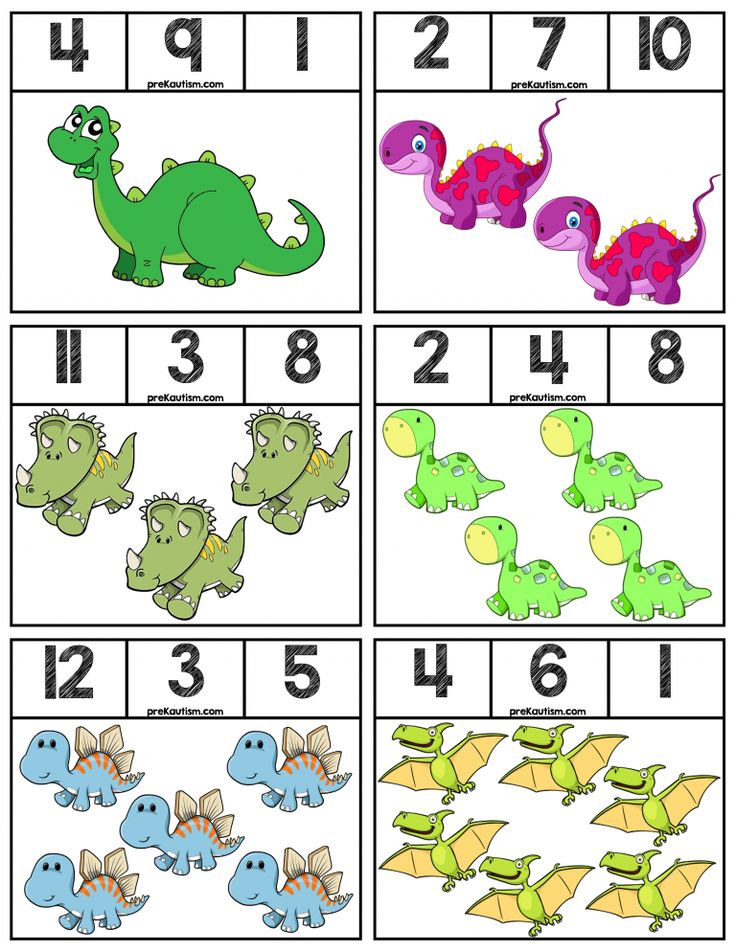 Encourage them to roar and make sounds just like a real dinosaur! Crank up the tunes and have some dance fun!
Encourage them to roar and make sounds just like a real dinosaur! Crank up the tunes and have some dance fun!
Online Activities for a Dinosaur Preschool Theme
Online Story – Go to YouTube and listen to the book Dinosaurs, Dinosaurs by Byron Barton. After listening, invite your preschooler to share different words from the story that describe the dinosaurs (hungry, sleepy, fierce, small, big, horned, etc.) Encourage your preschooler to draw one or two dinosaurs using those descriptions.
We are the Dinosaurs – Learn a little more about various dinosaur species with this lively song and video.
Dino Stomp Dance – This song will have your preschooler up and dancing, which is perfect for incorporating some gross motor movement into your day!
Get Your FREE Dinosaur Lesson Plans Here
Want to include these dinosaur activities in your lesson plans? No problem. I’ve made a printable for you. Just click the image below.
More Dinosaur Printables?
You’ll love this Dinosaur Activity Pack!
Do you have a budding paleontologist? This dinosaur activity pack is for your little one.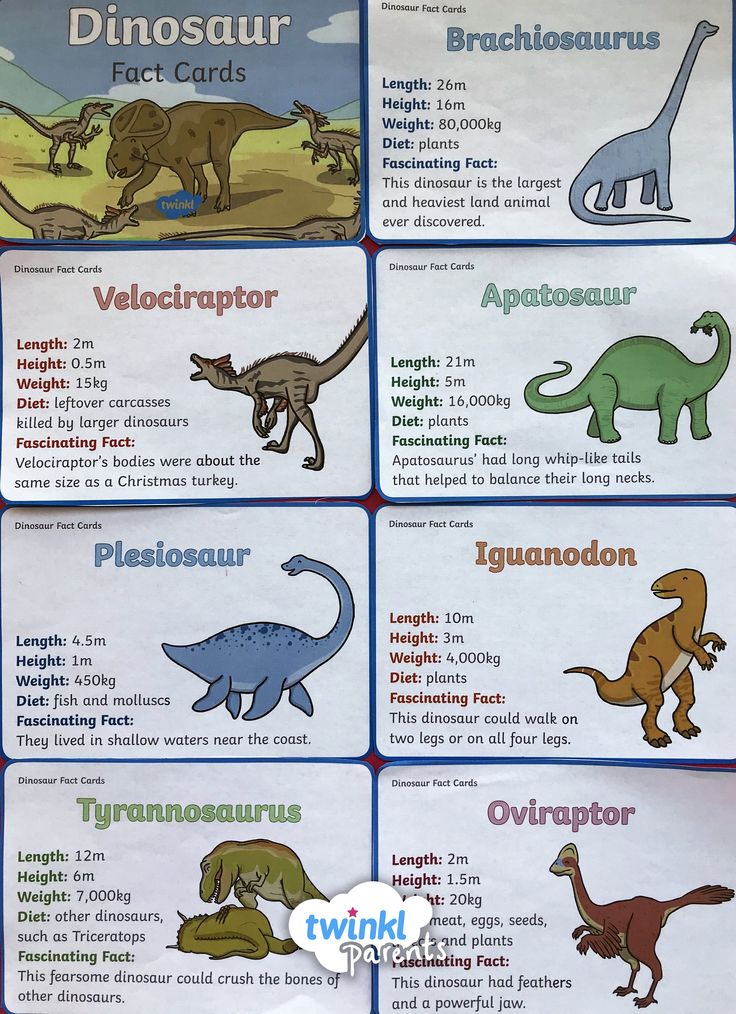 Packed full of unique, hands-on, printable dinosaur activities, preschoolers love learning about their favorite prehistoric lizards with these dinosaur activities.
Packed full of unique, hands-on, printable dinosaur activities, preschoolers love learning about their favorite prehistoric lizards with these dinosaur activities.
This pack contains six fun and educational dinosaur activities appropriate for preschool through kindergarten. Three activities are math based and three are literacy based. All are fun. Scroll down for the complete product description to see what’s included!
Sarah Punkoney, MAT
I’m Sarah, an educator turned stay-at-home-mama of five! I’m the owner and creator of Stay At Home Educator, a website about intentional teaching and purposeful learning in the early childhood years. I’ve taught a range of levels, from preschool to college and a little bit of everything in between. Right now my focus is teaching my children and running a preschool from my home. Credentials include: Bachelors in Art, Masters in Curriculum and Instruction.
stayathomeeducator.com/
Dinosaurs Theme Activities for Preschool Pre-K
Pre-K & Preschool theme ideas for learning about dinosaurs
Find more Dinosaur Activities for Pre-K
Books
Dinosaur Large Motor Games
Dinosaur Herd Game
Brontosauruses and triceratops traveled in herds.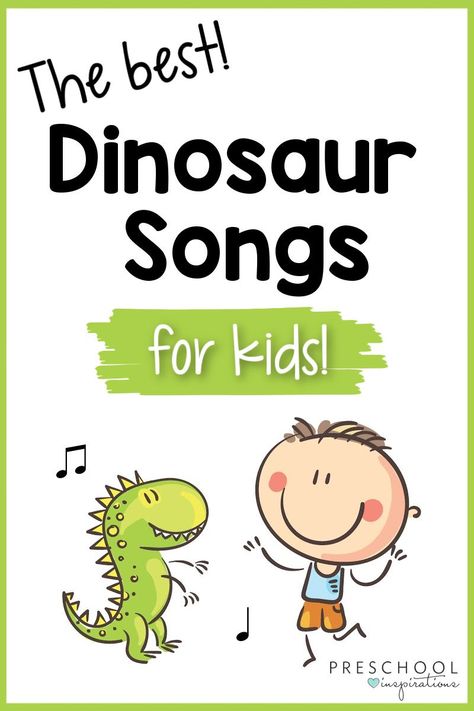 Children are put into two groups: brontosaurus and triceratops. The groups travel (crawl) to various destinations around the classroom together in their herd. They must stay with the herd and not get lost!
Children are put into two groups: brontosaurus and triceratops. The groups travel (crawl) to various destinations around the classroom together in their herd. They must stay with the herd and not get lost!
Dinosaur Literacy Activities
“If You Take a T-Rex to School” Class Book
We read the book “If You Take a Mouse to School” and make a dinosaur book patterned after that story. Children choose a dinosaur to draw, and think of what might happen if that dinosaur came to school. The teachers write the children’s dictation on the pages, and put the pages together to make a book. To make our class books, I use “presentation book covers” from an office supply store or Walmart. It has a sturdy plastic cover with a clear insert, and the pages are also clear inserts. I just slip in a page for the front cover, and slip in the children’s pages inside. These can be reused.
Dinosaur Roll & Write Game
Read about it and print it here: Roll & Write Games
Dino Bingo Stamping Games
Use for Literacy or Math.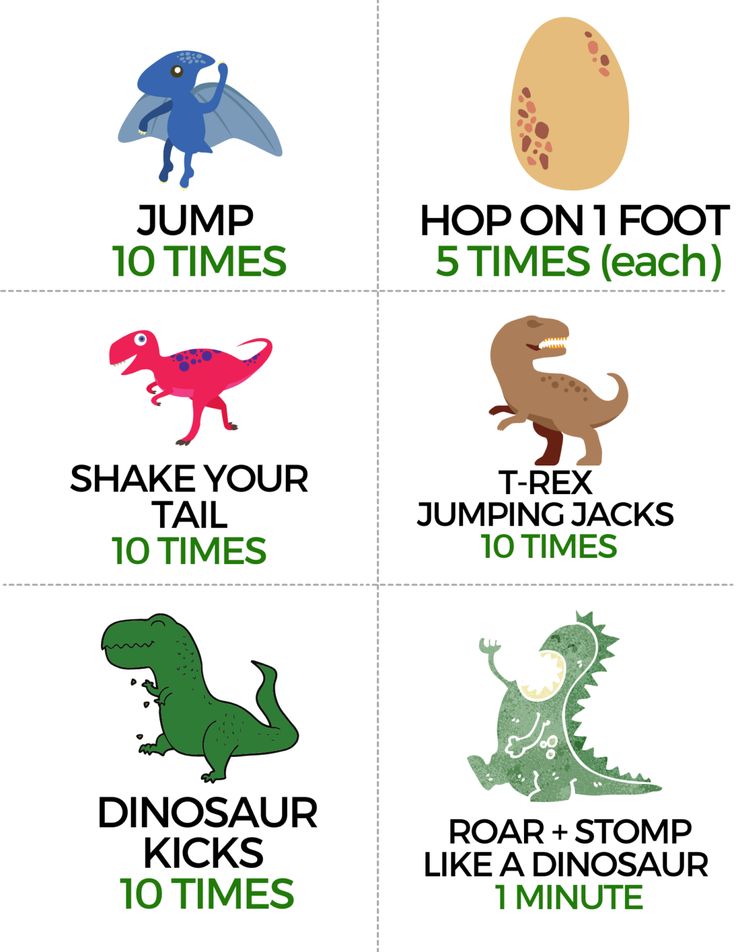 Write a letter or numeral on each dinosaur, and make a copy for each child. Children will draw a number or letter card from a stack (or roll a die), find that letter/numeral on their mat, and stamp it out. You can use rubber stamps or bingo dot markers. As an alternative, you can have children draw an “X” over the dinosaur if stamps or bingo dot markers are not available.
Write a letter or numeral on each dinosaur, and make a copy for each child. Children will draw a number or letter card from a stack (or roll a die), find that letter/numeral on their mat, and stamp it out. You can use rubber stamps or bingo dot markers. As an alternative, you can have children draw an “X” over the dinosaur if stamps or bingo dot markers are not available.
Read about and print the two Dino Bingo Games here.
Dino Bingo
Use for Literacy or Math. Use plastic dinosaur counters to cover the letter/number/shape on the bingo cards. We use these to play alphabet bingo, number bingo, shape bingo, or rhyming bingo.
Story Retelling
This is an activity that goes with any theme. Choose a book that goes with the theme, and have the children retell the story.
Read the blog post here for details: story retelling
Dinosaur Math Activities
Dino Footprint Estimation
We have a large paper outline of a Tyrannosaurus Rex footprint. We estimate how many children’s feet would fit inside the T-Rex footprint, and write our guesses on the board.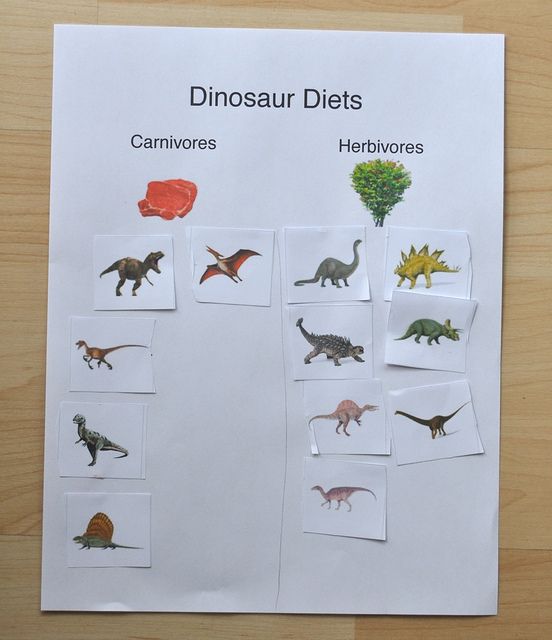 Each child’s footprint is traced on the T-Rex footprint. We trace as many footprints as we need. Then we count the footprints and compare our estimates.
Each child’s footprint is traced on the T-Rex footprint. We trace as many footprints as we need. Then we count the footprints and compare our estimates.
Dino Board Game
The children work in small groups of about 4 players. Each group has a game board with a basket of dinosaur counters in the middle. Children roll the dice, and move their play piece the correct number of times on the dinosaur bones. When they land on a dinosaur, they collect a dinosaur counter. The group plays until the basket is empty, then count to see who has the most dinosaurs.
Dinosaur War Card Game
Each pair of children has a set of Dino War cards. The cards have various amounts of dinosaur stickers on them. Each player lays down a card from their pile, and compares the amount of dinosaurs on each card to see which has the most. The child with the most on the card collects both cards. If they are equal, both children keep their own card. At the end of the game, they count to see who has the most cards.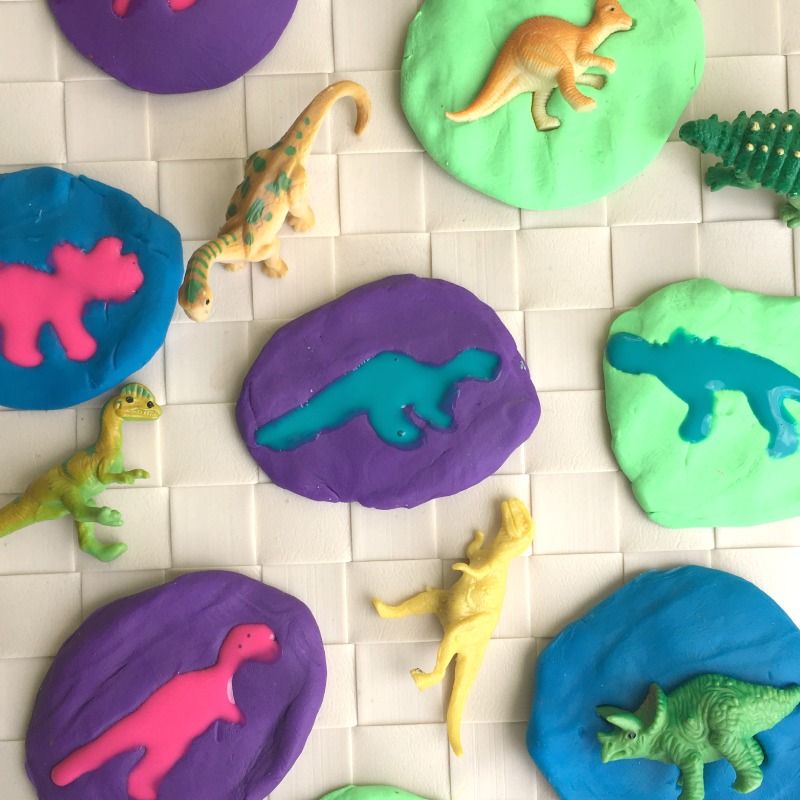 Some children get upset if they do not win, so we often play without counting at the end to see who has the most. They enjoy the game just as much or more.
Some children get upset if they do not win, so we often play without counting at the end to see who has the most. They enjoy the game just as much or more.
Dino Bones Measuring
Children use dinosaur “bones” of various lengths (cut from felt), line Unifix cubes along the bone, and count how many cubes fit on the bone.
Dino Grid Game
Read about about print here: Grid Games
Dinosaur Science Activities
Make Your Own Fossils
We add small toy dinosaurs with the play dough. Children make dinosaur fossils and footprints in the play dough. Children use this at center time for exploration. We also make one dinosaur fossil using Mexican self-hardening clay which the children can keep.
Volcano Science
We use poster board for a base, and build a mountain with play dough around a 20-ounce drink bottle. Then we place small toy dinosaurs on the sides of the mountain. Red food color is added to vinegar. We put baking soda in the bottle with a funnel, pour in the vinegar, and watch the volcano erupt!
Science Center
Dinosaur miniatures
Dinosaur bone replicas (these are replicas I found at a museum gift shop)
Fossils (real or made)
Songs
- The Dino Pokey, by Mrs.
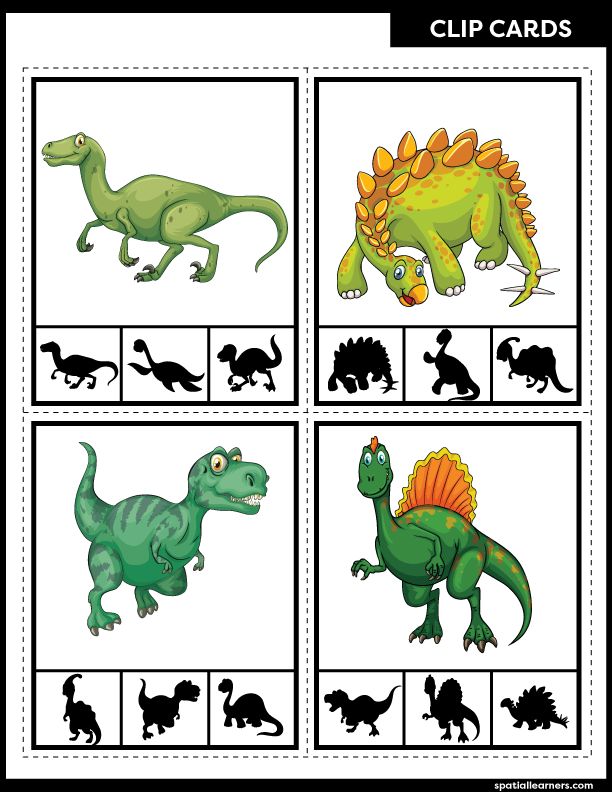 Jones
Jones
- Dinosaur Theme @ Pre-KPages.com
- Dinosaurs @ Enchanted Learning
Dinosaurs for kids - interesting facts about dinosaurs
It is inexplicable but true: many children love dinosaurs. Perhaps because these are semi-fabulous giant creatures and they no longer frighten at all, since they have long since died out. What is known about dinosaurs: what were they like, when and how long did they live, what did they eat and why did they disappear from the face of the Earth? So, in order.
Who are dinosaurs and what did they look like?
"Dinosaur" is translated from Greek as "terrible lizard". These are scaly creatures that walked on two or four legs and laid eggs. Dinosaurs lived on the planet for 160 million years. They lived everywhere: from Asia to Antarctica. The remains of dinosaurs were also found in Russia - in the Urals, in the Krasnoyarsk Territory, in Yakutia. nine0003
Before them, more than 4 billion years ago, the Earth was inhabited by more primitive organisms: algae, mollusks, later - fish.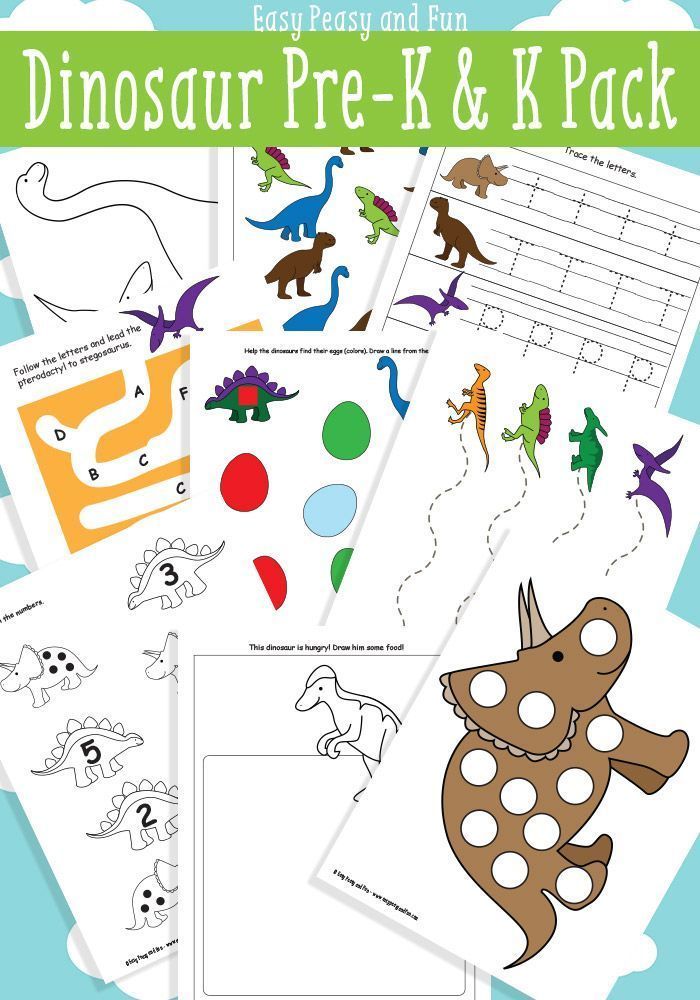
In total, scientists have studied more than a thousand species of dinosaurs. They were very different from each other: some - with sharp claws and spikes on the body, others - with horns.
Many people mistakenly think that all dinosaurs were huge. Indeed, some reached the size of a five-story building, but there were also tiny ones - the size of a chicken. It is customary to depict dinosaurs as gray or green, but in fact, scientists do not know exactly what color these creatures were. This is because dinosaur skin is extremely rare. It is believed that their color merged with the colors of the environment - so it would be easier for dinosaurs to hide from enemies. nine0003
Dinosaurs became extinct 65 million years ago. The fact that they once existed, it became known only in the 17th century. Dinosaur bones were first discovered by English scientist Robert Plot in 1677.
Why did dinosaurs become extinct?
Science does not know. There are several versions.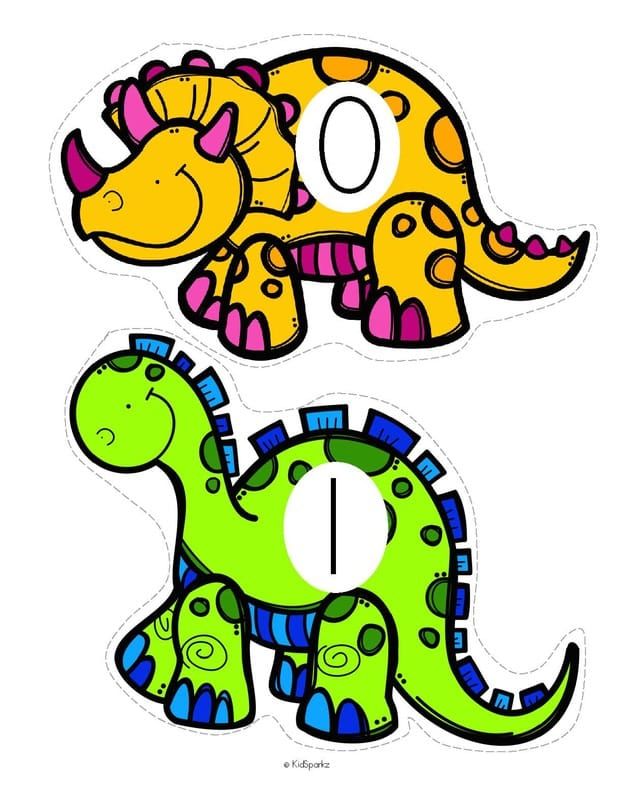 The most common: the climate is no longer suitable for dinosaurs (became too cold or hot) or volcanic eruptions have poisoned the atmosphere.
The most common: the climate is no longer suitable for dinosaurs (became too cold or hot) or volcanic eruptions have poisoned the atmosphere.
What did dinosaurs eat?
Despite their formidable appearance, many of them were not predators - they ate ferns, leaves, cones, flowers and fruits from trees. In those days, the Earth was humid and hot and favorable conditions were created for the growth of numerous plants, so that herbivores did not have to starve. nine0003
But there were also carnivorous dinosaurs, who hunted animals and ate their eggs. Some of them could not chew and swallowed stones so that the food itself was ground in the stomach.
The main task of dinosaurs was to get food and at the same time protect themselves from predators. Herbivores defended themselves with horns and spikes, carnivores had teeth and claws.
How long did dinosaurs live?
There is no exact answer to this question either. Scientists think that large dinosaurs lived for a relatively long time - up to 300 years, and small ones - up to about 20.
In any case, even long-lived dinosaurs did not catch the appearance of man on the planet: people began to inhabit the Earth only 64 million years after their extinction.
Who studies dinosaurs and how?
This is done by paleontologists - people who specialize in studying the remains of extinct organisms. They work both in excavations - in places where fossils were found - and in laboratories. These scientists search, extract from the ground, and then carefully study the bones of ancient animals. nine0003
In laboratories, paleontologists find out how the creatures that own the found bones lived and hunted, and determine their age. Sometimes conclusions have to be drawn with only a couple of bones, or even one at all.
In addition, specialists make copies of bones, from which skeletons are then assembled and exhibited in museums.
Paleontologists also study fossilized footprints left by dinosaurs. To understand what kind of animal left the footprint, scientists find out the “age” of the rock where they found this print, and compare the shape of the fingers and feet with the appearance of the dinosaurs that lived in that era.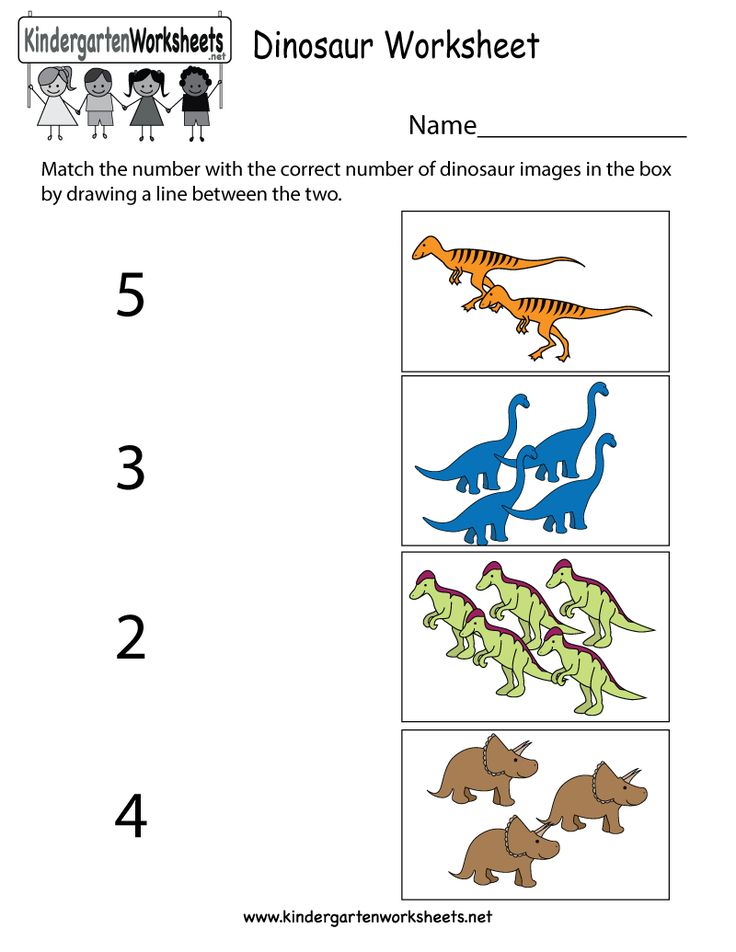 nine0003
nine0003
Paleontologists give names to dinosaur species, often based on the name of the area where the bones were found.
What types of dinosaurs are there?
As already noted, there are more than a thousand species. Let's take a closer look at the most famous ones.
Tyrannosaurus Rex
One of the largest predators of all time. He walked on two legs with two clawed toes on each, had a large skull and a long heavy tail, teeth the size of bananas.
Some scientists believe that the Tyrannosaurus rex could not run and was clumsy, so it did not hunt, but ate only dead animals. However, the more common view is that these dinosaurs were both predators and scavengers, stealing prey from others whenever possible. Tyrannosaurus was able to eat up to 150 kilograms of meat in one sitting, but then starve for several days. nine0003
The skeleton of the largest tyrannosaurus rex was found in 1991 in the province of Canada. The length of the skeleton reached 13 meters, weight - almost 9 tons.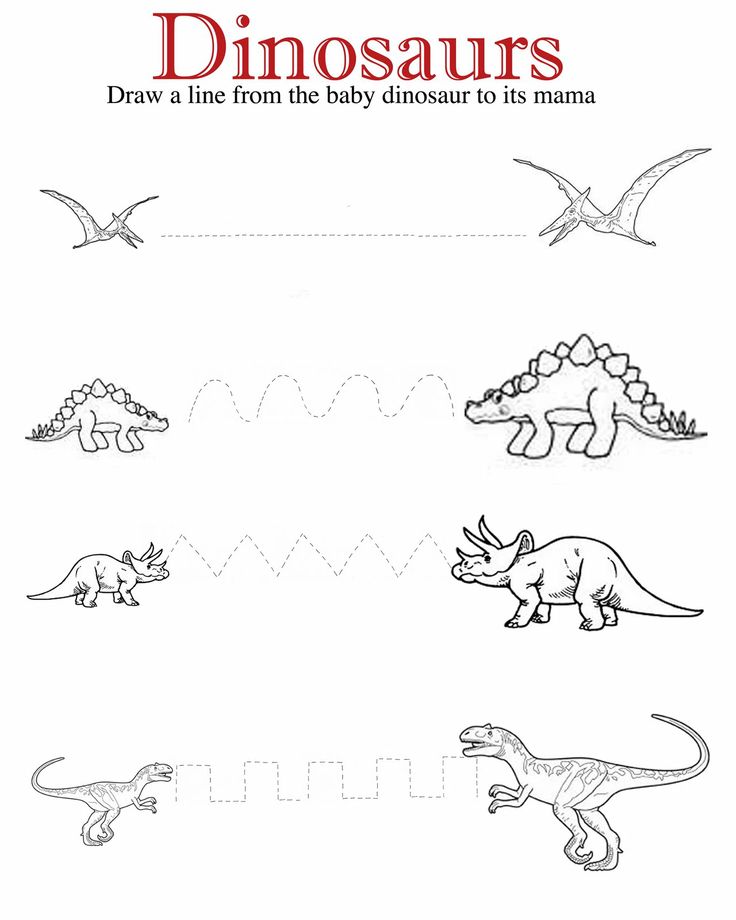
Ichthyosaurus
These are aquatic dinosaurs that look like dolphins: head fused with the body, very large eyes, fins. There are many teeth in the mouth. Ichthyosaurs weighed mainly up to 2 tons, reached several meters in length. Although species are known, the length of which reached 24 meters, and body weight - 40 tons.
The first ichthyosaur was found in Russia in 1821, while the largest accumulation of dinosaur bones of this species was found in Germany. nine0003
Ichthyosaurs were carnivorous - they ate fish and shellfish and hunted in packs. The cubs were born in the water and immediately knew how to swim. Ichthyosaurs did not go to land.
Stegosaurus
Distinctive feature - bone plates and spikes on the back and tail (to protect against attacks). These dinosaurs walked on four legs. They ate only tender leaves, because they had poorly developed jaws. Stegosaurus teeth were almost unsuitable for chewing. In order to assimilate even delicate plant food, the stegosaurus was forced to swallow stones - they frayed the plants in its stomach. nine0003
Stegosaurus reached 9 meters in length and weighed up to 9 tons - about the size of an elephant. The bones of these dinosaurs were first found in the United States in 1877.
Triceratops
Distinctive feature - three horns (one at the tip of the nose, two - above the eyes), bone "collars" on the head and a beak on the muzzle. "Collars" served to protect the head and shoulders, males scared off enemies with their horns and fought, including for females in the mating season, and cut branches of shrubs and ferns with their beaks.
Outwardly, Triceratops are similar to rhinos, only larger - up to 3 meters in height and 9 in length, with an average weight of about 12 tons. Only the head reached a length of 2 meters. These dinosaurs had several hundred teeth in their mouths.
They ate plants, moved on four thick legs, lived in small groups.
Triceratops are one of the last dinosaurs on Earth. And their bones were first found in the United States in 1899.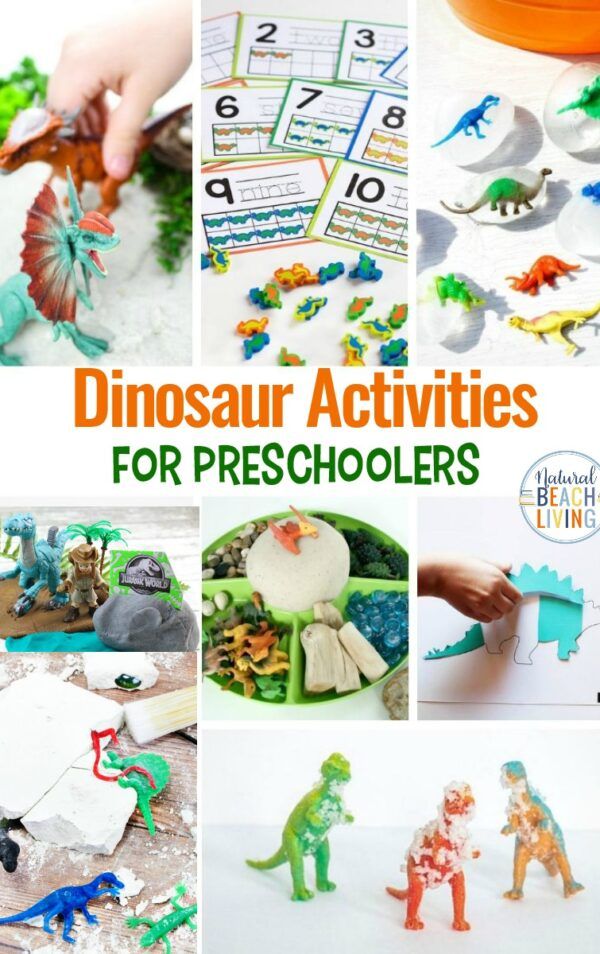
Diplodocus
The most tailed dinosaur - with its 11-meter thin tail it drove away predators. And he also had a long neck, a small head with big eyes and long teeth, four paws. In length reached 30 meters. nine0003
Diplodocus ate plant foods. To cut off tall trees, they stood on their hind legs. And they also swallowed stones.
Diplodocus were herd animals, swam well and preferred to live in swamps - they came out on land only to eat and lay eggs.
Diplodocus lived on the territory of modern North America. Fossilized dinosaur vertebrae of this species were first found in the USA (Colorado) in 1877.
Velociraptor
These tiny, turkey-like creatures, by dinosaur standards, were about 1.80 centimeters long and weighed just 20 kilograms like a child. Velociraptor bones were first found in the Gobi Desert (Mongolia) at 1924 year.
It is not known exactly what these dinosaurs looked like: they were previously depicted as lizard-like, with green scaly skin, now it is believed that they had plumage like birds.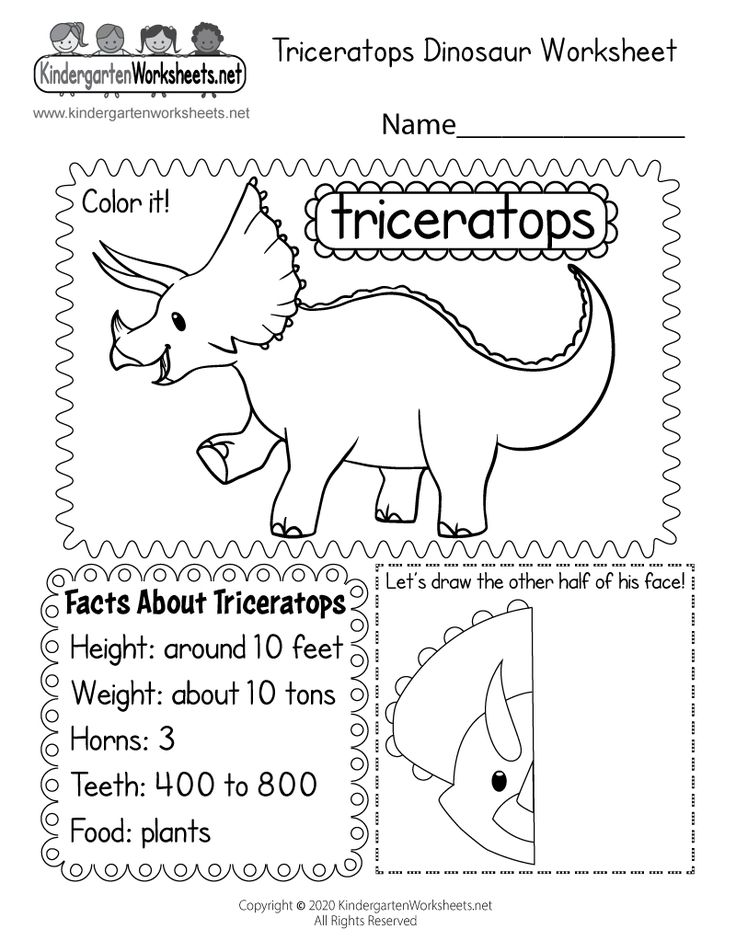 Some even suggest that the feathers were multicolored. Surely scientists know that the Velociraptor had three fingers with sharp claws on the front limbs and four on the back.
Some even suggest that the feathers were multicolored. Surely scientists know that the Velociraptor had three fingers with sharp claws on the front limbs and four on the back.
Despite their modest size, velociraptors were dangerous and agile predators. They jumped on the victim, grabbed with their teeth and stuck their claws into it, inflicting mortal wounds. nine0003
Velociraptors became "trendy" after the 1993 Jurassic Park movie. By the way, there they look huge and hunt in packs. Both are inventions.
Pterodactyl
Many consider pterodactyls to be dinosaurs, and they are wrong. Pterodactyls are pterosaurs, or winged lizards, relatives of dinosaurs. Unlike dinosaurs, pterodactyls could fly. Of modern animals, they were similar in appearance and habits to birds and bats.
The forelimbs of pterodactyls turned into wings (span reached 8 meters), the body was covered with fur. Some had a tail, not all had teeth. Pterodactyls were distinguished by long clawed limbs. nine0003
nine0003
These pangolins lived like modern birds: in flocks, they flew during the day and looked for food, at night they slept upside down, clinging to tree branches.
The method of subsistence depended on the size of the pterodactyl. Small ones, the size of a crow, ate insects, larger ones - fish and lizards. Some pterodactyls were two meters long and one and a half meters high and weighed more than 75 kilograms.
It is believed that pterodactyls had a good brain and had excellent eyesight. They lived in the territories of the USA, East Africa, Western Europe, Australia, Russia. Their bones were first found in Bavaria (Germany) in 1784. nine0003
Other "prominent" dinosaurs
Largest : seismosaurus. It weighed over 50 tons and reached 36 meters in length. Found in what is now the United States.
The heaviest : titanosaur (up to 80 tons!)
The smallest : compsognathus. Its average length was only 60–100 cm, and its weight was about 2 kilograms, but this baby had more than 60 sharp teeth.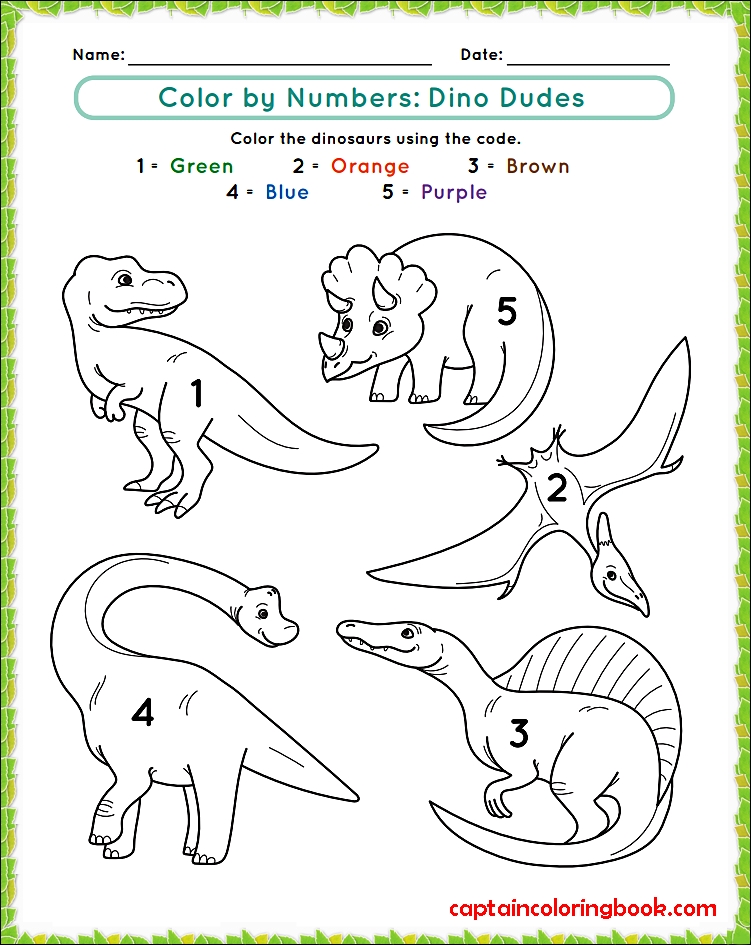 Found in what is now Germany.
Found in what is now Germany.
The very first : of those currently explored, either Herrerosaurus or Eoraptor. Both bipeds lived approximately 230-225 million years ago.
The longest necked : according to modern data, this is a Mamenchisaurus. Its neck reached 14 meters in length.
The fastest : Ornithomemmosaurus. He ran at speeds up to 50 kilometers per hour.
The most big-eyed : Dromiceiomyom. His eyes were on the sides of his head. Thus, this dinosaur created an excellent overview - and an advantage over enemies. nine0003
The most toothy : Hadrosaurus. He had 980 teeth!
The "longest-named" : micropachycephalosaurus (meaning "small fat-headed lizard"). Most often, his bones are found in China.
Possibly the smartest : troodon. His brain was the size of a bird—comparatively large. Most dinosaurs had small brains, about the size of a walnut.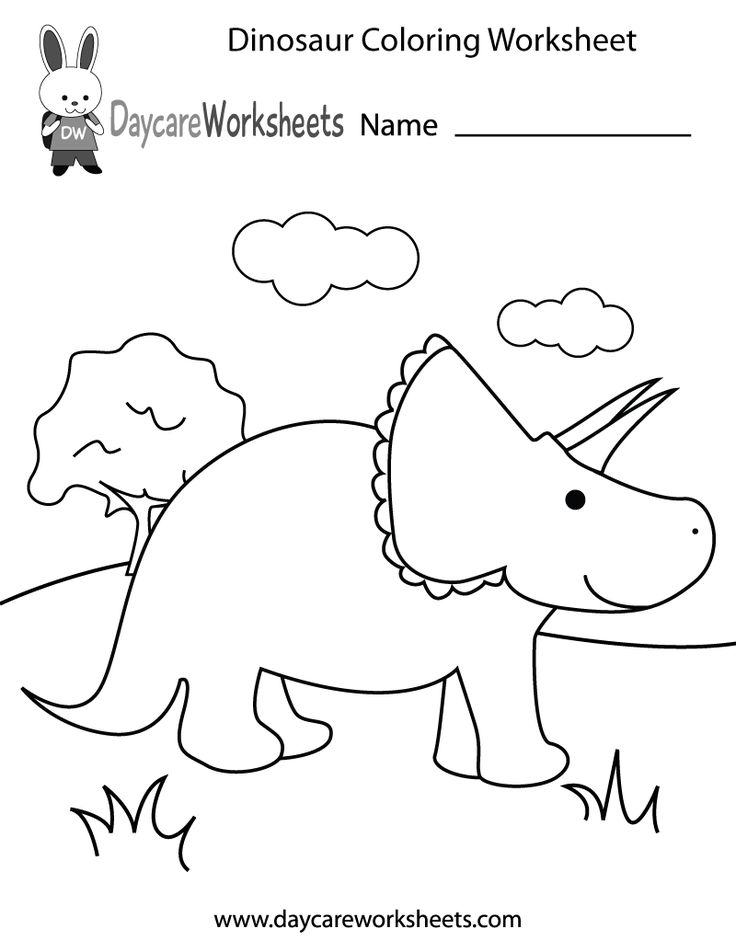
Interesting facts about dinosaurs
- The closest living relative of dinosaurs is the crocodile. Birds are direct descendants of dinosaurs. nine0178
- The first dinosaurs were small. Larger ones appeared much later. In addition, the first dinosaurs were predators.
- Dinosaurs are believed to have excellent eyesight and a good sense of smell. They had large eye sockets and nostrils and large areas of the brain responsible for sight and smell.
- Some dinosaurs built nests. But not for life, of course, but for laying eggs. Scientists do not rule out that small dinosaurs could sometimes hide in caves. nine0177 Experts still don't understand how dinosaurs slept. Perhaps herbivores are standing, and predators, which the structure of the skeleton allows, are lying down.
- Dinosaurs lived in an era when there were about 22 hours in a day. As you know, the rotation of the Earth is gradually slowing down.
- Dinosaurs were unknown in ancient China.
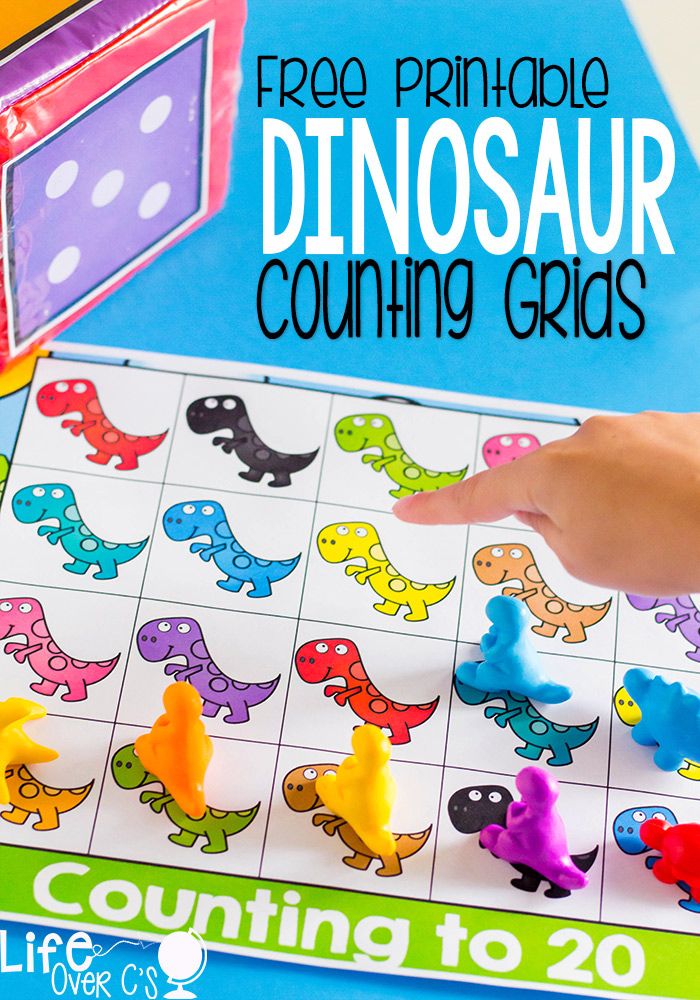 And their bones were considered the bones of dragons and used in medicine! One of the Indian tribes thought that these were the remains of the larger ancestors of the buffalo, and the British did not even rule out that these were the bones of giant people. Or, well, elephants. nine0178
And their bones were considered the bones of dragons and used in medicine! One of the Indian tribes thought that these were the remains of the larger ancestors of the buffalo, and the British did not even rule out that these were the bones of giant people. Or, well, elephants. nine0178 - Dinosaurs did not have to wash themselves: the dried mud fell off the scales by itself or was thrown off along with them.
- Dinosaurs in search of food and places to live could migrate great distances - to entire continents.
- Huge dinosaur bones weren't as heavy as we think. Because most of them were hollow inside, like modern birds.
- Many dinosaurs went hunting at night.
- The largest dinosaur eggs were the size of a basketball. At a time, a dinosaur could lay from one to four dozen eggs. nine0178
- The very name "dinosaur" was born in the 19th century. In 1824, the president of the Royal Geological Society mentioned huge bones discovered in 1815 in Great Britain.
In the future, experts found other huge animal bones, and in 1842, biologist Richard Owen identified a suborder of "terrible lizards" (dinosaurs).
- A relatively new species of dinosaur was discovered in 2015. Because of the short horns above the eyes, this species was called "hellboy" (as a comic book hero).
- Most likely, the dinosaur is not the largest creature on Earth. The weight of a blue whale can reach 170 tons - this is more than the weight of even the largest dinosaur. nine0178
- In the state of Colorado (USA) there is a City of Dinosaurs. The streets there are named after different types of these ancient creatures.
What dinosaurs didn't do:
- didn't fly;
- did not live at sea;
- did not hibernate;
- did not sweat;
- did not have a couple for life;
- did not drop their tail like lizards;
- were not viviparous (at least, scientists do not know anything about this).
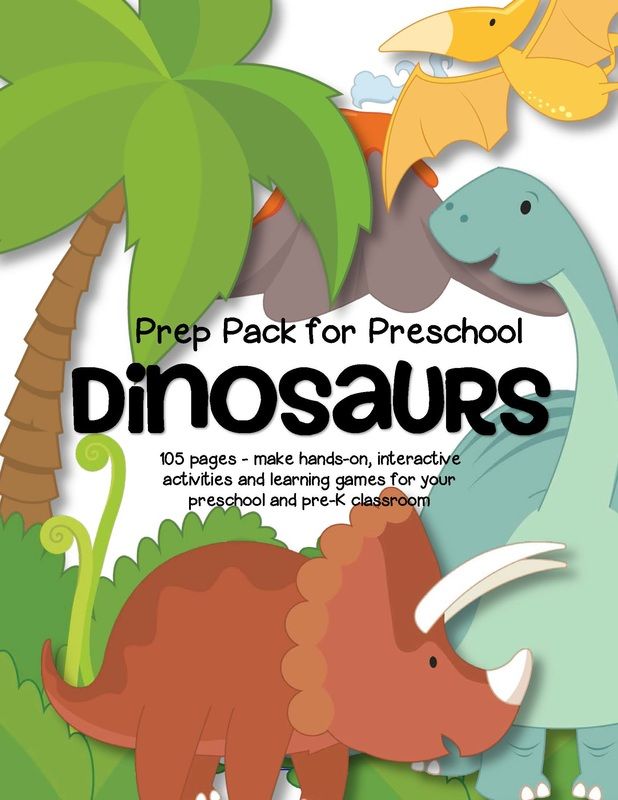
On the other hand, scientists continue to excavate and research. It is possible that we still have a lot to learn about dinosaurs. nine0003
Geography courses for children aged 6-13
We introduce children to the most important places
in Russia and the world in an exciting format through games, stories and riddles
learn more
Dinosaurs for children
Dinosaurs are prehistoric creatures that inhabited our planet millions of years ago. Surely, your child has already managed to get acquainted with some of them, looking through books and cartoons. That's just how correct the idea of the ancient inhabitants of the Earth was for the baby: is he not afraid to meet a dinosaur on the street or is he sure that these creatures are fictitious? nine0003
To broaden a child's horizons and save him from nightmares, it would be better if he learns about these giant creatures from a fascinating story told by his parents.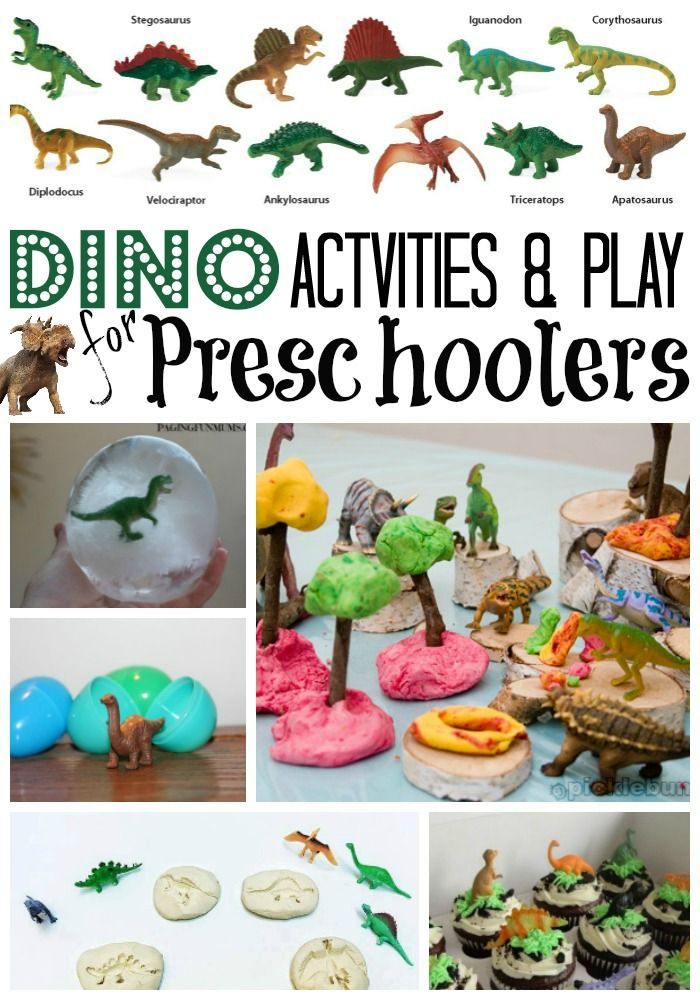
Stories about dinosaurs for children should be interesting and informative, and, most importantly, accessible to a small audience. In a simple form, moms and dads should tell their child, using books and cartoons for children, about how dinosaurs died out, what they were like, what they ate, about their habits and about other features of these huge reptiles. nine0003
Learning about dinosaurs for children
Many interesting facts about dinosaurs can be learned from books and educational films for children. However, for starters, it is better for the baby to tell the basic information about these animals.
Approximately 230 million years ago, that is, long before the appearance of man, dinosaurs appeared on Earth, or "terrible lizards" if literally.
These animals were truly huge, some of them reaching 25 meters in length and 6 meters in height. However, there were also tiny lizards, with the dimensions of our turkey. For example, Compsognathus is the smallest and fastest predator, which, due to its small size, often became the prey of its large counterparts.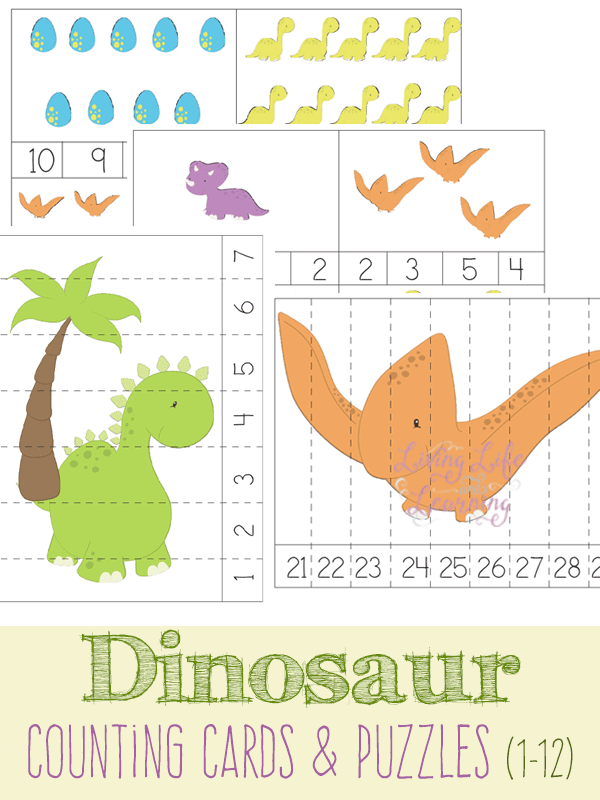 nine0003
nine0003
The largest carnivore of that era was the Tyrannosaurus Rex, which had enormous size and sharp teeth. It was problematic to escape from this beast, because, despite its impressive size, Tyrannosaurus ran at a speed of 30 km per hour.
Together with predators, in those days our planet was also inhabited by herbivorous lizards, which fed on algae and foliage of shrubs. Dinosaurs lived on land in all parts of the world. It is also known that lizards carried eggs covered with skin.
People learned about the existence of dinosaurs thanks to the research of paleontologists. It is they who are excavating the remains of ancient inhabitants. Scientists find fossilized animal bones in rocks, sand, clay on all continents of our planet. Finding a complete dinosaur skeleton is a stroke of luck for a paleontologist, sometimes taking years. nine0003
Scientists have not yet been able to determine the exact cause of the disappearance of giant reptiles. Some believe that the dinosaurs died out due to a sharp change in climate, others are sure that the animals were poisoned by new plants.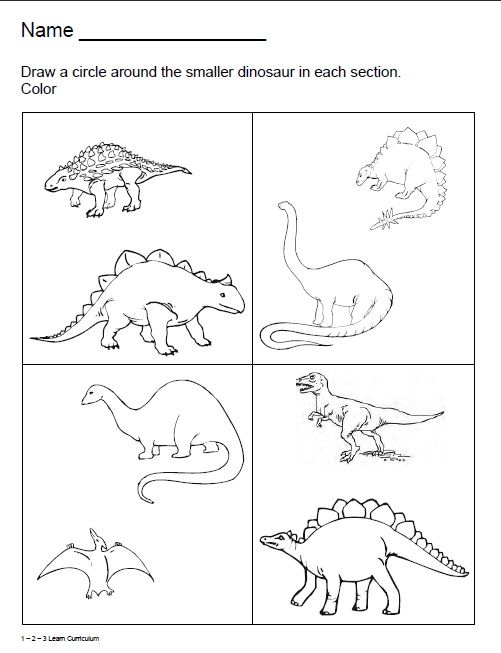
The history of the origin and life of dinosaurs can be supplemented with stories for children about different members of their family (there were more than 300 species).
To consolidate the studied material, you can show the crumbs educational films about the ancient inhabitants, for example:
- Dinosaur Hike;
- Miracle Yudo Dinosaurs;
- "Winged Monsters";
- "Sea Dinosaurs".
The smallest viewers will surely like cartoons:
- "Dinomama";
- "Ice Age";
- "Dinotopia";
- "The Land Before Time";
- Walking with Dinosaurs;
- Jurassic Babies;
- "Abu. Little dinosaur. nine0178
As for literature, to expand children's horizons, you can replenish your home library with the following books:
- “Dinosaurs. The very first encyclopedia";
- Encyclopedia of antiquities. Dinosaurs";
- "Big Book of Big Dinosaurs";
- "Unseen Beasts";
- "In the footsteps of dinosaurs.
"
It will also be interesting for children to learn from you about space and the solar system.
Related articles:

